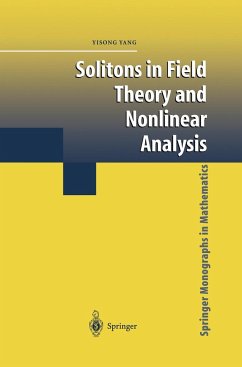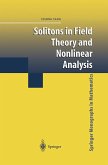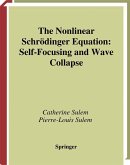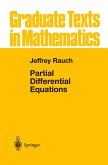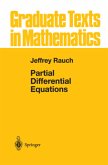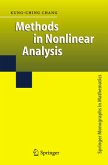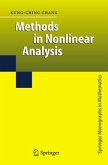This book is on soliton solutions of elliptical partial differential equations arising in quantum field theory, such as vortices, instantons, monopoles, dyons, and cosmic strings. The book presents in-depth description of the problems of current interest, forging a link between mathematical analysis and physics and seeking to stimulate further research in the area. Physically, it touches the major branches of field theory: classical mechanics, special relativity, Maxwell equations, superconductivity, Yang-Mills gauge theory, general relativity, and cosmology. Mathematically, it involves Riemannian geometry, Lie groups and Lie algebras, algebraic topology (characteristic classes and homotropy) and emphasizes modern nonlinear functional analysis. There are many interesting and challenging problems in the area of classical field theory, and while this area has long been of interest to algebraists, geometers, and topologists, it has gradually begun to attract the attention of more analysts. This book written for researchers and graduate students will appeal to high-energy and condensed-matter physicists, mathematicians, and mathematical scientists.
There are two approaches in the study of differential equations of field theory. The first, finding closed-form solutions, works only for a narrow category of problems. Written by a well-known active researcher, this book focuses on the second, which is to investigate solutions using tools from modern nonlinear analysis.
Hinweis: Dieser Artikel kann nur an eine deutsche Lieferadresse ausgeliefert werden.
There are two approaches in the study of differential equations of field theory. The first, finding closed-form solutions, works only for a narrow category of problems. Written by a well-known active researcher, this book focuses on the second, which is to investigate solutions using tools from modern nonlinear analysis.
Hinweis: Dieser Artikel kann nur an eine deutsche Lieferadresse ausgeliefert werden.
From the reviews: "Solitons in field theory and nonlinear analysis present a thorough analysis of many different parts in field theory. ... For the enthusiastic, there are some open problems to think about at the end of each chapter. Solitons in field theory and nonlinear analysis is a solid research monograph with a lot of information in it and should certainly stimulate those who already have some background in field theory and analysis." (C. Gilson, Proceedings of the Edinburgh Mathematical Society, Vol. 47, 2004) "A particularly interesting feature of many non-linear systems is the existence of solitons ... . This monograph is mainly devoted to them. Included here there are many important examples of such systems ... . many results are formulated in the language of theorems and their proofs, as it is standard in the mathematical literature. Individual chapters end with notes containing open problems for research. ... The material should be of interest to mathematicians and mathematical physicists at postgraduate level." (European Mathematical Society Newsletter, September, 2003) "The purpose of this book is to give a rather extensive account on solition type solutions in various gauge field theories ... . For several of the models discussed are the first rigorous results on the subject and ... open the path to further investigation. In fact, each chapter of the book is completed with a discussion of open problems. Thus, the book is particularly recommended to researchers who wish to be introduced to the nonlinear realm of gauge field theory." (Gabriella Tarantello, Mathematical Reviews, Issue 2002 m) "This book is concerned with the solition solutions of the elliptical partial differential equations which occur in quantum field theory in connection with vortices, monopoles, dyons, cosmic strings, and various related topics. The book examines these and other matters in detail, and provides a valuable link between the physics of such problems and the associated mathematical analysis. ... The intended readership of the book, who will be well served by this excellent account, includes research workers, graduate students, and physicists ... ." (A. Jeffrey, Zentralblatt MATH, Vol. 982, 2002)

